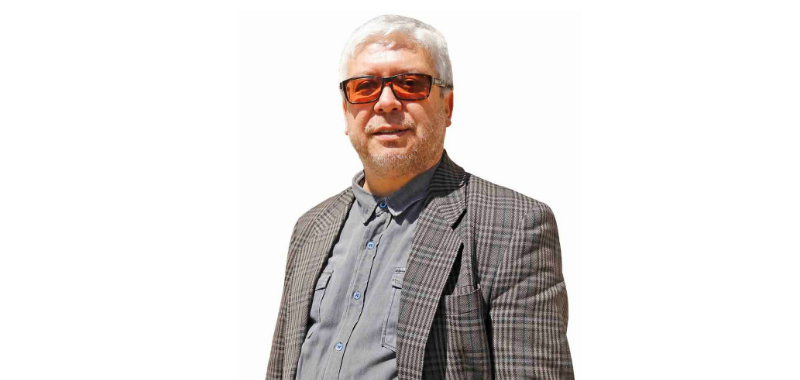Pablo Gaete Villegas
Master of Arts and Heritage UdeC
Director of Balmaceda Arte Joven Biobío.
The removal of the statue of General Baquedano from Plaza Italia or Plaza Dignidad ordered by the Council of National Monuments, has unleashed a strong controversy and an intense debate regarding the meaning of public monuments, their historical representation and heritage value. For some academics like political scientist Alfredo Joignant It has been exaggerated by assigning political and ideological connotations to the damage to public monuments and in particular to the statue of General Baquedano, and that it is more about outright vandalism, considering that the facilities of the Violeta Parra Museum, churches and other university dependencies with patrimonial value in the same sector. It should be added that the lack of results in the investigations increases doubts regarding the perpetrators of these events. Along the same lines, the academic of the UC Juan Pablo Luna points out that the “elite has over-interpreted the demands of citizenship” from the social outbreak, thereby indicating that ideological intentions and historical reinterpretations are assigned where there are not necessarily any.
As always happens in our country, there is a tendency to look only at the navel of Santiago not knowing what is happening in the regions, since we cannot ignore that, during the most critical months of the social upheaval of October 2019, similar events took place in different cities. Right here in Conception we saw the fall statue of Pedro de Valdivia right in the Plaza de la Independencia. The same happened in Temuco with this historical figure and in La Serena the statue of Francisco de Aguirre, a soldier from the Spanish colonization, was torn off and in its place, a sculpture of a Diaguita woman was placed. Further north in the city of Arica a stone sculpture that had been installed in 1910, in honor of Christopher Columbus. In the same context, and at the other end of the country, in Punta Arenas, the sculpture of José Menéndez, businessman who is credited with the extermination of the Selknam ethnic groupIt was also destroyed and taken to the feet of the statue of the Indio Patagón. The strong symbolic value that these monuments of characters associated with colonial domination, the abuse of oligarchic power and the dominant militarism in our history have for the new generations is undeniable. Effect that increases in times of social crisis and ideological polarization as it happens today.
As we know, these actions have also happened in other latitudes, both in wars, political conflicts or popular rebellions. The fall of the USSR in 1991 is closely associated with the images of the destruction of the statues of Lenin. Likewise, the photograph of a North American tank destroying the statue of Saddam hussein in Iraq. Not long ago in USA the death of the African American citizen George Floyd provoked dozens of demonstrations under the slogan of “Black lives are important”. In them, a specific expression of discontent was the demolition or damage to monuments, mainly of characters related to slavery. In chili Other historians have pointed out that the destruction of statues is an appeal to the colonialist past and to the oligarchic and military authoritarianism present throughout our history. For specialists in heritage It is important to generate a process of dialogue between the communities, the experts and the authorities, which finally allows the heritage to be enriched and expanded in its conceptions. For our part, we believe that it is necessary to return to citizens, as a democratic exercise, the decision to create or define the new symbolic representations that identify them in their public spaces with these new times.





